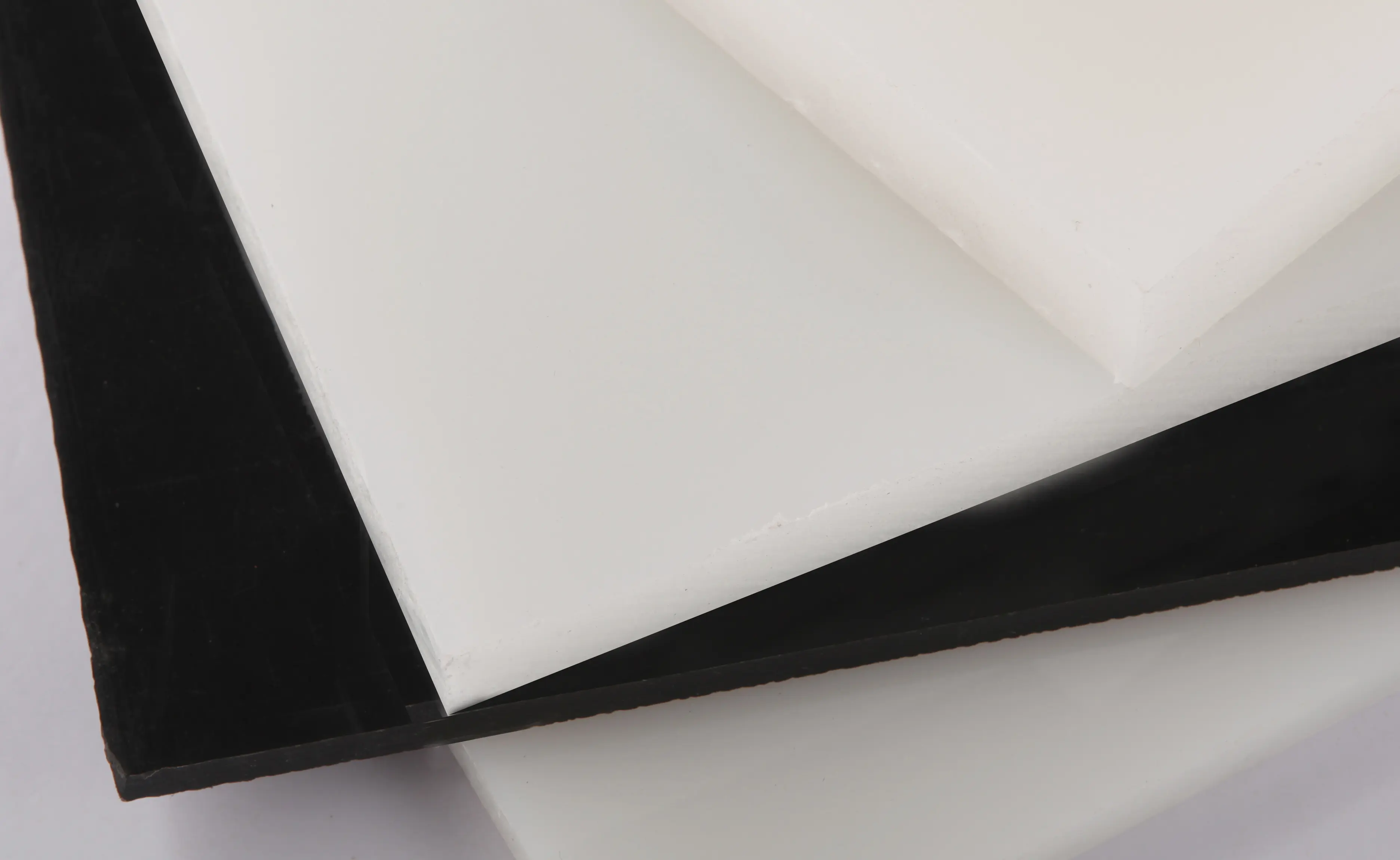Sep . 06, 2024 05:39 Back to list
High-Quality Pipe Fittings for Industrial and Commercial Use
Understanding Pipe Fittings An Essential Component in Fluid Systems
Pipe fittings are crucial components in plumbing and piping systems, serving as connectors and facilitators for the smooth flow of fluids. These fittings allow for changes in direction, branching to different paths, or connecting segments of pipes in various configurations. Understanding the different types of pipe fittings and their applications is essential for anyone involved in construction, plumbing, or industrial applications.
Types of Pipe Fittings
There are several types of pipe fittings, each designed for specific functions
. The most common types include1. Elbows These are used to change the direction of fluid flow within a pipe system. Elbows typically come in angles of 45 or 90 degrees. They can be made from various materials, including PVC, copper, and stainless steel.
2. Tees This type allows the branching of a pipeline into two different directions. A tee fitting is essentially a ‘T’ shaped component that connects three pipes in a single junction, allowing fluid to flow in multiple directions.
3. Reducers Used to connect pipes of different diameters, reducers help to ensure a smooth transition in fluid flow, minimizing turbulence. They can be flat or tapered and are essential in systems where materials are transferred from larger to smaller pipes.
pipe fittings

4. Caps and Plugs These fittings serve to close off the ends of pipes. Caps are used to cover the openings of pipes, while plugs are inserted into pipe ends. They are essential for preventing leaks and maintaining system integrity.
5. Couplings Couplings are used to connect two segments of pipe, which can be of the same or different diameters. They can be threaded, slip, or welded couplings depending on the connection method required.
Materials Used in Pipe Fittings
Pipe fittings can be made from a variety of materials, each chosen based on the specific requirements of the system in which they are used. Common materials include
- PVC (Polyvinyl Chloride) Lightweight and resistant to corrosion, making it suitable for residential plumbing. - Copper Known for its durability and thermal conductivity, copper fittings are often used in water supply systems and HVAC applications. - Stainless Steel Highly resistant to corrosion and heat, stainless steel fittings are common in industrial applications and food processing systems. - Galvanized Steel Coated with a layer of zinc to provide corrosion resistance, it is often used in outdoor and agricultural settings.
Conclusion
Pipe fittings play a vital role in the efficiency and effectiveness of fluid systems, whether in residential plumbing or large-scale industrial applications. Understanding the types of fittings available, their materials, and their uses is essential for anyone involved in the design and installation of piping systems. By choosing the right fittings, one can ensure that the system operates reliably, effectively controlling the flow and preventing leaks or other issues that can arise from improper installation. As technology advances, new materials and designs continue to emerge, but the fundamental importance of pipe fittings in fluid dynamics remains unchanged.
-
Durable PP Rigid Sheet: Lightweight, Chemical Resistant Solutions
NewsAug.21,2025
-
PVC Grey Sheet for Extraction: Chemical Resistant & Durable
NewsAug.19,2025
-
Durable PVC Pipe Fittings for Plumbing & Irrigation Needs
NewsAug.18,2025
-
HDPE Steel Belt Reinforced Spiral Corrugated Pipe | High Strength
NewsAug.17,2025
-
HDPE Pipe Fittings: Durable, Leak-Proof Solutions
NewsAug.16,2025
-
Premium CPVC Sheet: High-Temp & Chemical Resistant Solutions
NewsAug.15,2025

